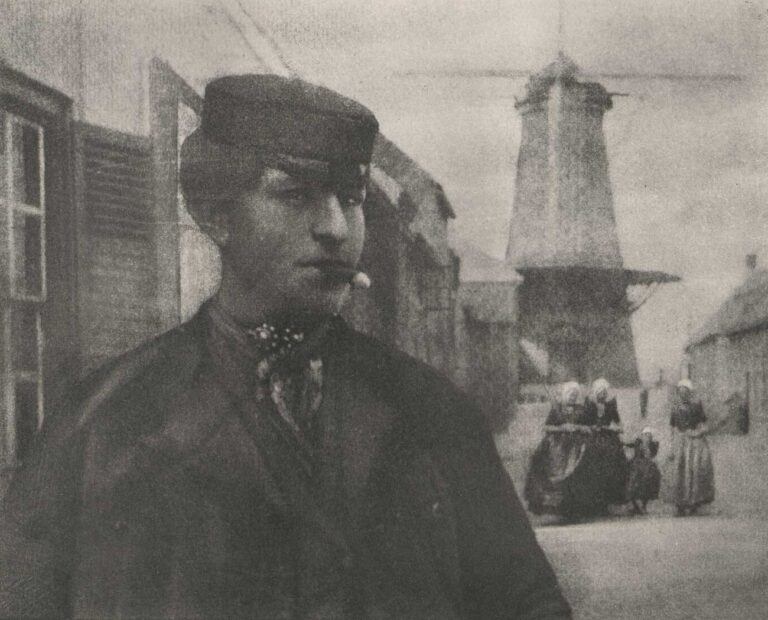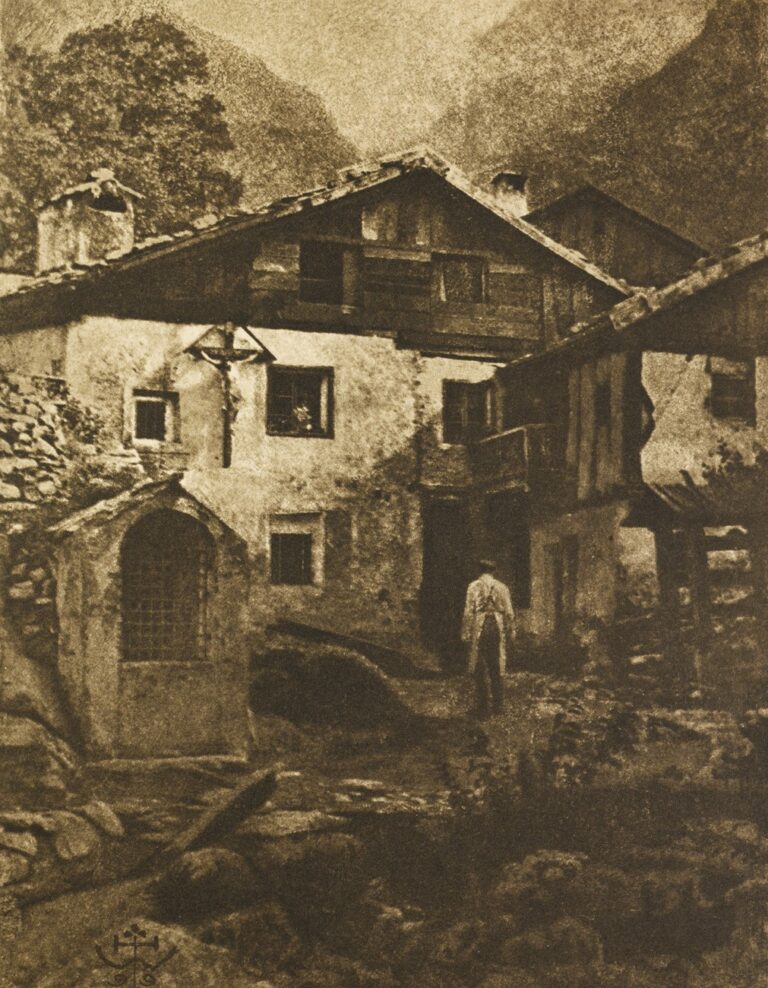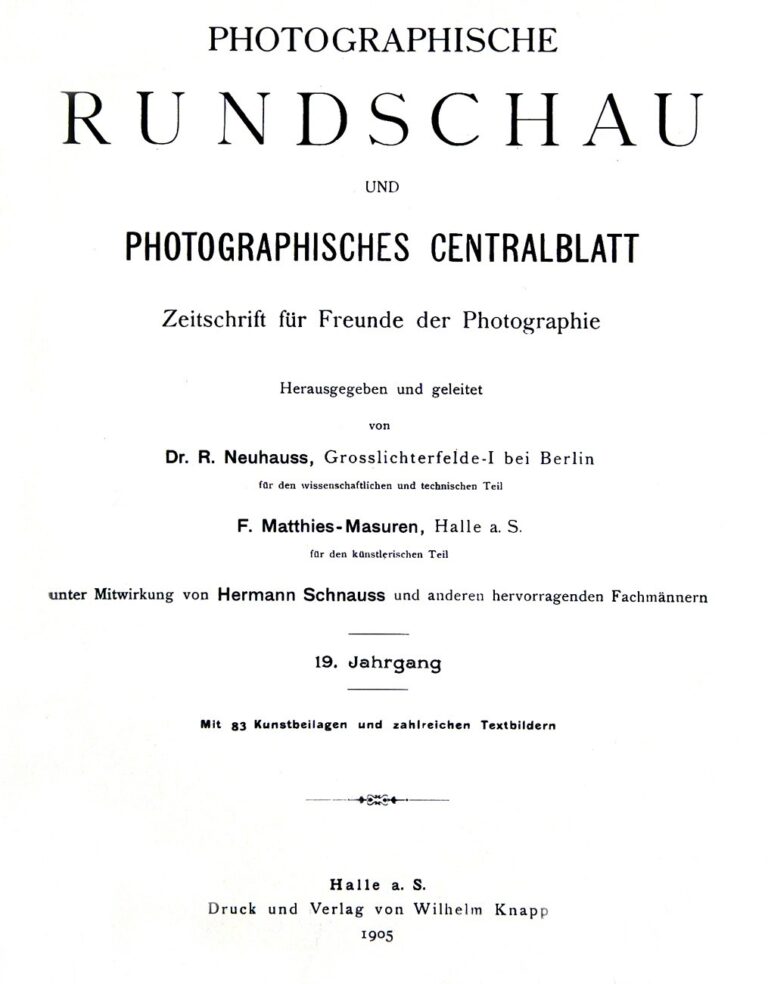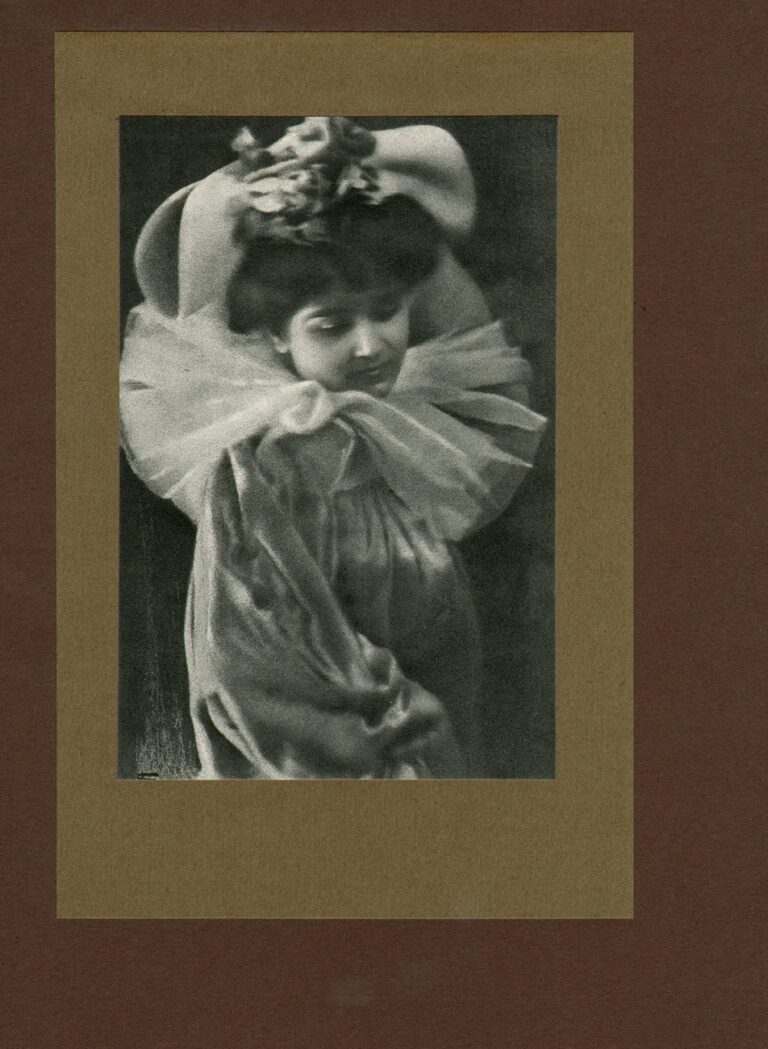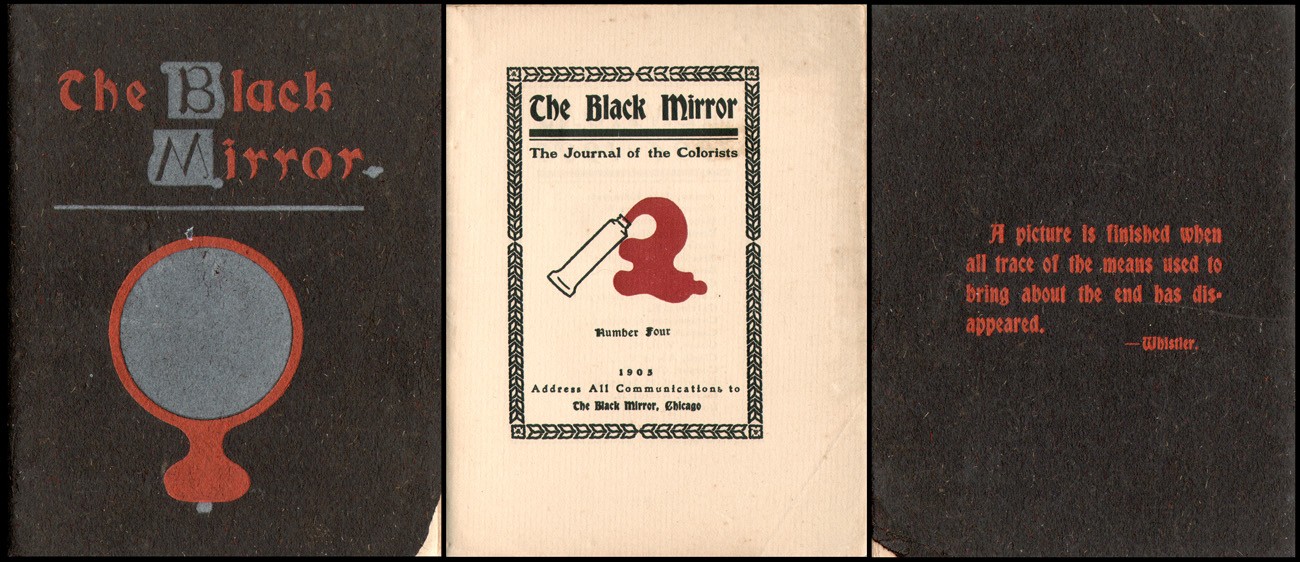
Camera Work & The Photo-Secession
The following unattributed article pertaining to the Alfred Stieglitz journal Camera Work as well as the aims of his Photo-Secession appeared in this issue of The Black Mirror in 1905:
“THOSE inclined to salt our views regarding the virtue of selection would do well to take note of some photo-reproductions in “Camera Work,” a magazine edited and published by that excellent artist, Mr. Alfred Steiglitz. (sic)
The photographs are the work of members of the Photo Secession, most of whose productions put the majority of painters to the blush.
Is it not singular that while these men of the lens busy themselves attaining an abstract beauty, those of the brush are seeking but for the accuracy of the camera, plus a chic swish of brush work?
The productions of the “Photo Secession” are no longer photography but Art, as much art as etching, while the paintings of most painters are no longer Art, but photography.
It seems wonderful that the improved processes of picture-taking have not opened the eyes of painters to the end to which Academic ways lead. Drawing for construction and accuracy alone is a fine thing no doubt, but from that view-point we can never hope to equal even an old Waterbury lens.
“Masterful drawing!” Why, a little five-dollar, hand camera can outdraw any “master” living, but —and here is the main point —it can’t add charm. It must gulp nature whole, just as most “artists” insist upon doing.
Therein lies the whole difference between Art and Photography; one selects, the other copies, and it is this selection that the members of the Photo Secession are attaining, through the manipulated print, which gives them liberty for full self expression, until from photography they have developed an Art most beautiful.” 1.
This extremely rare periodical (12mo) was printed in only seven issues from 1903-12. Background for it was penned some years ago by an antiquarian book dealer that in haste I neglected to retain the full record for-attribution I will certainly provide here if contacted in the future:
“A journal of art criticism, modeled on Hubbard’s Philistine, and written by devotees of Whistler. Although printed in Chicago, it was edited in New York, and an advertisement printed on the last page of No. 6 states that back issues can only be purchased at Brentano’s in New York City. None of the articles in either issue are signed. However, Yale University has an issue with a presentation inscription from the editor, signed by Edward Stieglitz (b. circa 1840). He was the father of the famous photographer, Alfred Stieglitz, and a minor impressionist painter. The subtitle for issue No. 1 reads, “A Magazine Devoted to Painting,” and for No. 6, “The Journal of the Colorists.” No. 1 begins with a page titled, “Mentions, 1903-1904,” and listing Edmond Aman-Jean, Maurice Greiffenhagen, James Wilson Maurice, James Pryde, Edward Arthur Walton, and Mary Cassatt. This is followed by a black bordered memorial page reading, “James McNeil Whistler. One of the greatest of the Dead.” The aims of the journal are outlined in an article titled “How and Why We are Here.” It criticizes contemporary art magazines as tending “to envelop Art in a mysticism far beyond the ken of the laymen, and in a great many cases absolutely unintelligible to artists themselves,” and states that this journal will “tell the truth in such a manner as to be understood by the average buyer.” At the same time, the Black Mirror was meant to provide a forum for artists themselves and “to combat whatever we believe proves injurious to our Craft and to retard, if possible, the great importation of inferior foreign paintings.” 2.
This issue, No. 4, is 51 pages and printed on laid paper. Staple bound, the cover is of heavy black paper wraps, printed in red and silver.
1. The Black Mirror: The Journal of the Colorists: Number Four: Rogers & Hall Co. Press: Chicago: 1905: pp. 49-50
2. The Black Mirror: unattributed citation on background for the periodical.
Original copy for this entry posted to Facebook on March 25, 2012:
A “Black Mirror” was a tinted, hand-held 18th Century convex mirror known as a Claude glass principally used by artists in the field to reflect and simplify the “tonal range of scenes and scenery to give them a painterly quality” while painting a scene. It was also the name of a very short-lived periodical apparently edited by Edward Stieglitz-the father of Alfred Stieglitz- and a minor impressionist painter in his own right. It is therefore interesting that he would choose to write about his son, that “excellent artist”, as well as the photographic work by members of his Photo-Secession for this 1905 issue: “The photographs are the work of members of the Photo Secession, most of whose productions put the majority of painters to the blush.” I’ve transcribed the entire article for the site, which, like the others concerning painting in this issue, have been left unsigned.
